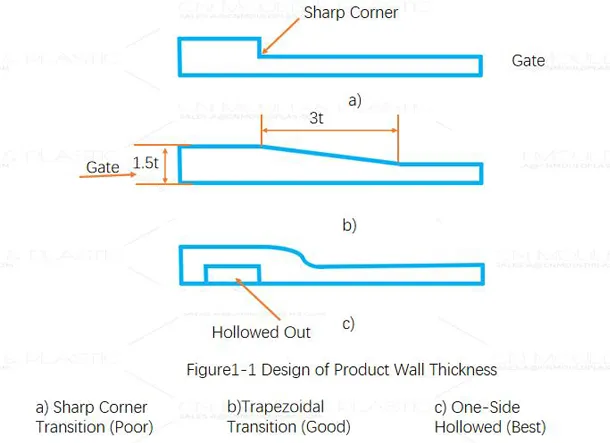(I) Basic Requirements for Mold Storage Management
1. All molds to be stored in the warehouse should be accompanied by mold drawings (at least the assembly drawing and drawings of vulnerable spare parts. For molds with a standard structure, the part drawing and the standard structure number of the mold should be submitted) and qualified test - molded samples.
2. Molds stored in the warehouse should have marks such as the mold number, part number, and manufacturing completion date on their surfaces. When it is not possible to mark small molds or there is no space for marking, hanging tags should be used instead of direct marking.
3. Molds in the warehouse should have inspection certificates of conformity.
4. Molds in the warehouse should have warehousing receipts and a ledger should be established.
5. When the molds in the warehouse are not in use temporarily, the ports of the guide bushing holes on the mold base should be covered with paper pieces (which can be adhered by the oil film on the surface of the upper mold base) to prevent dust or debris from falling into the guide bushing holes and affecting the guiding performance.
6. The cutting edges of the punch and die, as well as the surfaces of the guide pillars, should be coated with an anti - rust oil before being stored in the warehouse.
7. For molds with high requirements (precision or for special needs), after the mold is assembled, the surface of the mold base should be painted before being stored in the warehouse.
The mold storage warehouse is a place for storing molds when they are not in use. When there is a wide variety of mold types and specifications, the mold storage warehouse should be kept in an orderly manner, managed scientifically, so that there are many molds but no chaos, and it is convenient for storage and retrieval. Also, the molds should not be damaged due to poor storage conditions. Therefore, the following requirements are put forward:
1. The molds should be stored in a fixed place and managed.
2. A numbering method should be adopted, and the number should be indicated on the cover of the inspection certificate of conformity. The upper and lower mold marking positions of the mold should be marked.
3. The molds should be classified and counted to ensure that the accounts match the actual items.
4. The mold warehouse should have a convenient transportation system and good ventilation.
5. Molds should be placed on the ground with wooden blocks at the bottom to prevent moisture and rust.
6. The storage racks must have sufficient strength and stiffness. The handling of molds should be safe and reliable. For medium - sized and large - sized molds, lifting rings and other devices should be equipped.

7. When a mold is stored in the warehouse, a file should be established for each set of molds to record the warehousing date, test - molded samples, and relevant matters such as subsequent use, repair, etc. The basic format of the mold file is shown in Table 8 - 2.
Mold Number | Warehousing Date | Shelf Number | ||
Part Name | Number of Samples | Inspector | ||
Part Number | Name of Spare Parts | Quantity |
Use and Maintenance Record
Model and Specification of the Press Used | Specification of the Part Material | |||
Use Period | Number of Stamped Parts | Operator | Record of Grinding Amount and Maintenance Situation, Maintenance Key Points and Replaced Parts, etc. | Record of Grinding Amount and Maintenance Situation, Maintenance Key Points and Replaced Parts, etc. |
From Date to Date | ||||
From Date to Date | ||||
From Date to Date |
1. During the use of the mold, it is strictly prohibited to knock, smash, hit, or touch it. Especially during the adjustment process, prevent hard objects from damaging the cutting edge parts of the working parts of the mold.
2. After the mold is damaged, an analysis should be carried out to find out the cause of the damage. For key parts, the operation site should be protected. After analysis by relevant departments such as design, process, and inspection, solutions should be found out, and an accident report should be written.

